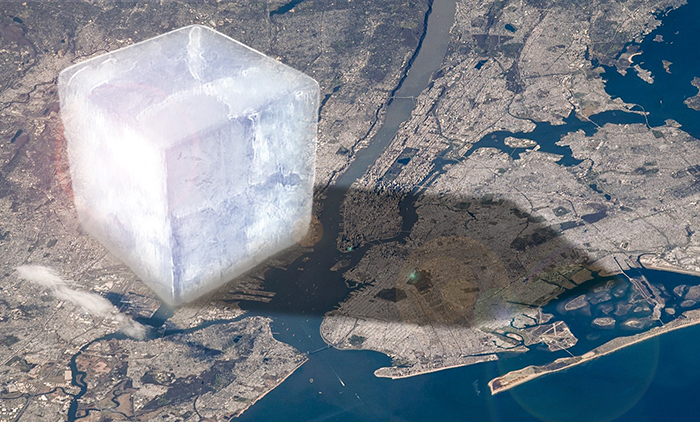The amount of ice covering Earth varies from year to year, but over a few decades, trends emerge.
A recent analysis of satellite observations from the European Space Agency clearly shows the amount of ice on earth is decreasing. Those measurements indicate that the amount of ice, in the form of ice sheets on land, mountain glaciers and sea ice, is decreasing.
The recent analysis of global satellite observations measured ice loss between 1994 and 2017 to be 31 trillion U.S. tons. That is equivalent to a sheet of ice 330-feet thick covering the state of Michigan.
The rate at which Earth is losing ice is also increasing. In the 1990s, Earth lost about 0.9 trillion tons per year, and by 2017 Earth lost about 1.4 tons per year. For perspective, 1.1 trillion tons of ice is about the size of an ice cube measuring 6-by-6-by-6 miles. If placed in northern India, that ice cube would be taller than Mount Everest.

During the survey period, there was a loss of 8.4 trillion tons of Arctic sea ice and a loss of 7.2 trillion tons from Antarctic ice sheets.
On land, losses include 6.7 trillion tons from mountain glaciers, 4.2 trillion tons from the Greenland ice sheet, and 2.6 trillion tons from the Antarctic ice sheet. The melting of ice on land contributes to a rise in the global mean sea-level. Many mountain glaciers are also a critical freshwater resource for local communities.
The global ice loss is attributed to a global warming of the atmosphere and oceans, which have warmed by 0.47 Fahrenheit and 0.22 F per decade since 1980, respectively.

